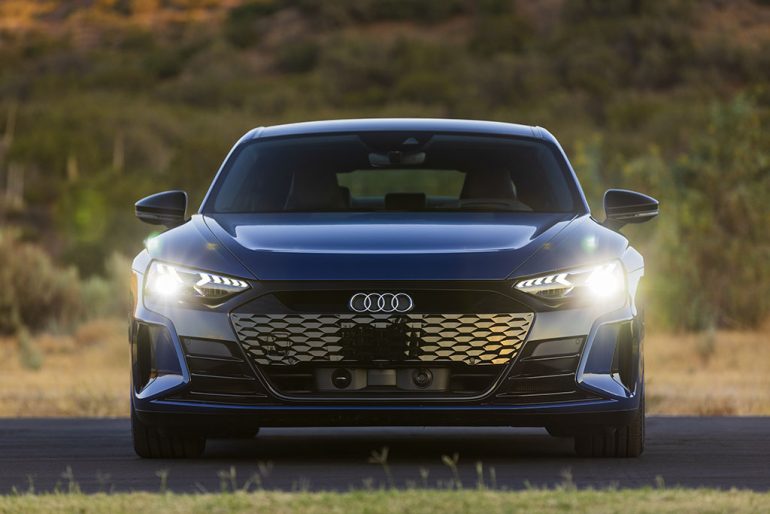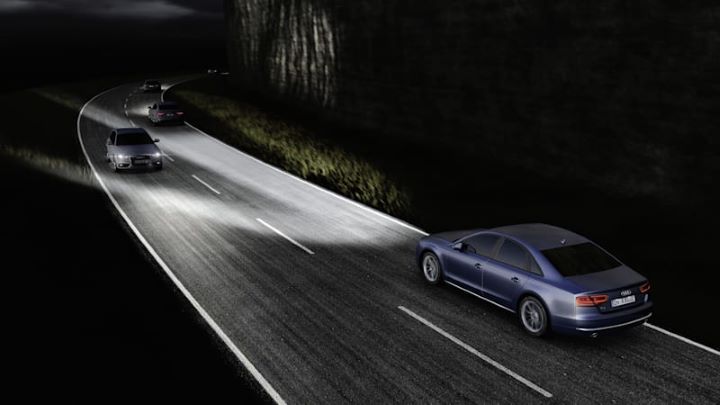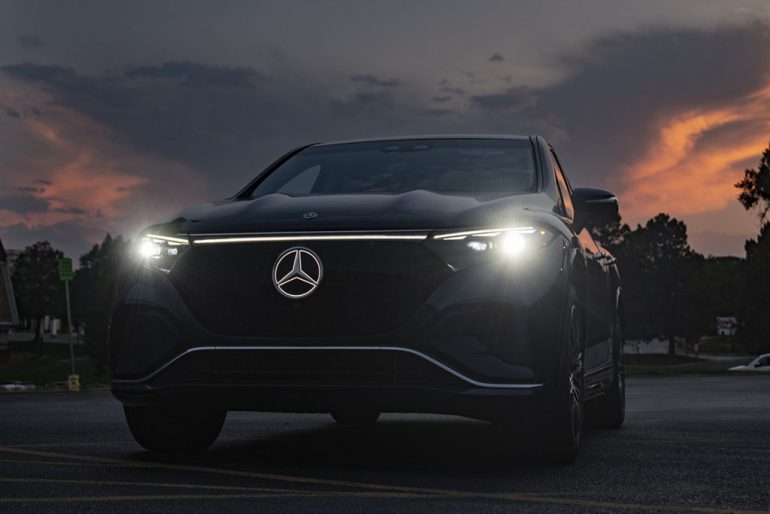
Today’s automotive technology has afforded us countless benefits of being safer on the road. However, some advanced technologies, such as those surrounding automotive lighting, have yet to make it to American roads because of ridiculous regulations and regulatory hurdles that take years to clear. Automakers have the proper tech to essentially have headlights that remain in a high-beam state, flooding dark roads with bright light, but have measures that do not blind oncoming traffic. Such technology is found in Adaptive Driving Beam headlights, something that’s readily available in many new luxury cars today, but because of regulations, automakers cannot enable some of those features.
The concept of Adaptive Driving Beam (ADB) headlights, allowing drivers to maintain high beams without blinding others, represents a remarkable advancement in automotive lighting technology. While commonplace in Europe and Asia, these headlights are notably absent from American roads due to the annoying and ongoing regulatory hurdles.
Also, don’t forget that you can get discounted new car pricing with a free quote through qualified local dealer partners.

ADB technology dynamically shapes light beams to avoid dazzling oncoming drivers while ensuring optimal visibility for the driver. Unlike traditional headlights, which scatter light indiscriminately, ADB headlights focus light precisely, illuminating the road ahead while creating dimmer areas around other vehicles. This targeted illumination enhances safety by improving visibility of potential hazards like pedestrians, cyclists, or wildlife, without compromising the vision of other drivers.
In the United States, where automatic high beams are the closest approximation to ADB headlights, regulatory challenges have impeded their widespread adoption. Despite recent updates to safety regulations aimed at permitting ADB headlights, automakers face difficulties in meeting the stringent standards set by the National Highway Traffic Safety Administration (NHTSA). These regulations mandate rapid response times and narrow brightness differentials, necessitating significant redesigns for American market headlights.

The discrepancy in regulatory requirements between the US and other countries has hindered the integration of ADB technology into American vehicles. While some luxury car models equipped with ADB-enabled headlights are available in the US, they remain functionally restricted due to regulatory non-compliance.
Industry stakeholders, including automakers and safety groups, advocate for revising NHTSA regulations to facilitate the introduction of ADB headlights in the US market. They argue that prioritizing glare reduction over visibility enhancement may overlook the potential safety benefits of ADB technology. By maximizing visibility while minimizing glare, ADB headlights have the potential to significantly improve road safety.
Despite the current regulatory challenges, the eventual adoption of ADB headlights in the US seems inevitable. As advancements in automotive lighting technology continue, it is likely that American drivers will soon benefit from the enhanced safety and visibility provided by ADB headlights.
Maybe it is time that the masses speak up and demand that this technology be allowed on American roads so the regulatory powers that be can speed things up. It’s such a shame that America is behind the times when it comes to something as simple as automotive lighting, which if ADB lighting is allowed, it could help make our roads safer.